Find Help
More Items From Ergsy search
-
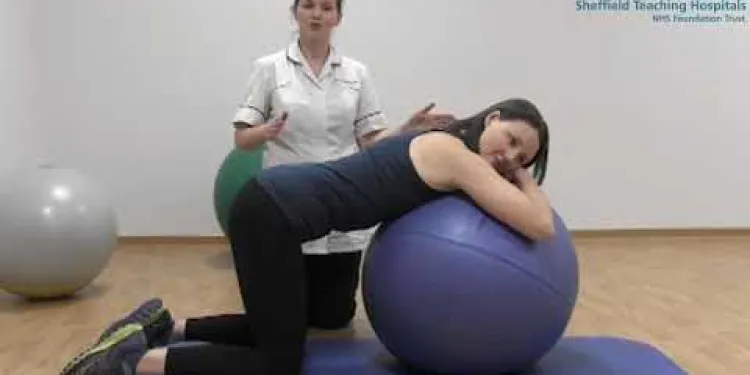
Mat and gym ball exercises with pregnancy related Pelvic Girdle Pain
Relevance: 100%
-

Pelvic Girdle Pain Advice Class
Relevance: 44%
-
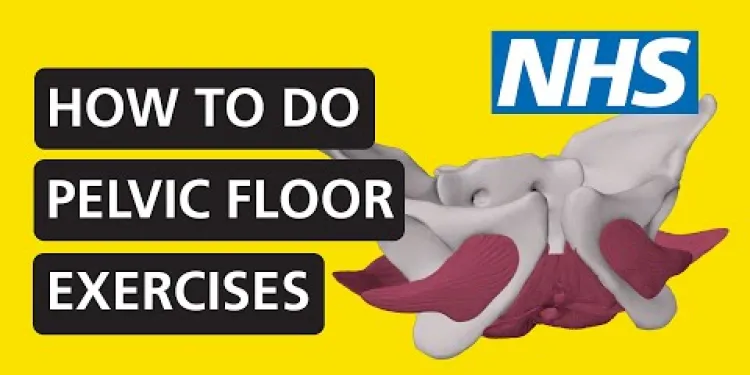
How to do pelvic floor exercises | NHS
Relevance: 32%
-

Can I do abdominal exercises during pregnancy?
Relevance: 31%
-

The Pelvic Floor Muscles - Developing an Exercise Programme
Relevance: 31%
-

What exercises can I do during pregnancy?
Relevance: 30%
-
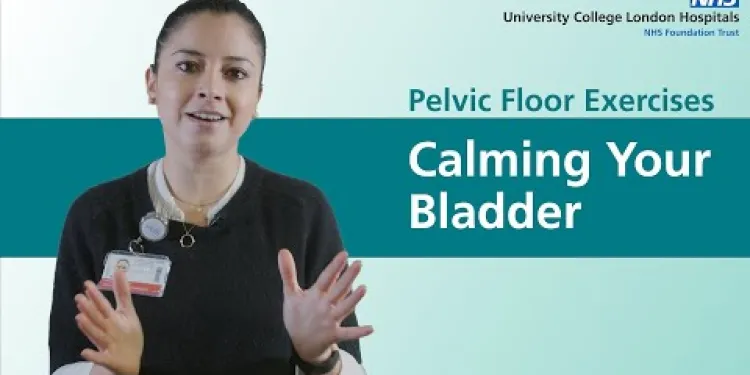
Pelvic Floor Exercises - Using Your Pelvic Floor to Calm Down Your Bladder
Relevance: 29%
-
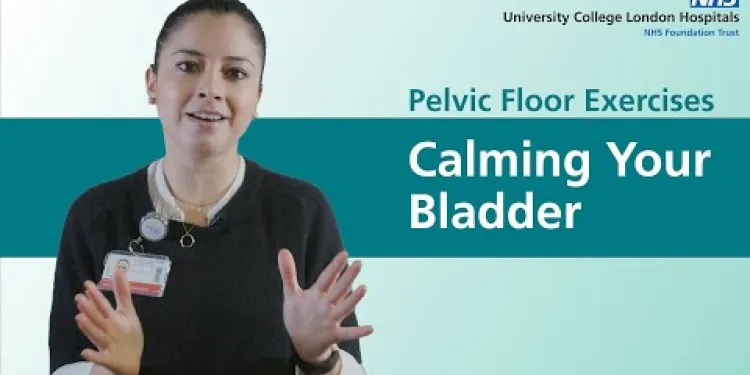
Pelvic Floor Exercises - Using Your Pelvic Floor to Calm Down Your Bladder
Relevance: 28%
-

Can I take exercise classes during pregnancy?
Relevance: 28%
-

How does exercise benefit pregnancy?
Relevance: 27%
-

Can exercises help with labor preparation?
Relevance: 27%
-

How often should I exercise during pregnancy?
Relevance: 26%
-

Is swimming a good exercise during pregnancy?
Relevance: 26%
-

Are there any exercises to avoid during pregnancy?
Relevance: 25%
-

Can I do high-impact exercises while pregnant?
Relevance: 25%
-

How can I ensure safety during pregnancy exercises?
Relevance: 25%
-

What should I wear for exercising during pregnancy?
Relevance: 25%
-

Do I need to consult a doctor before exercising during pregnancy?
Relevance: 25%
-
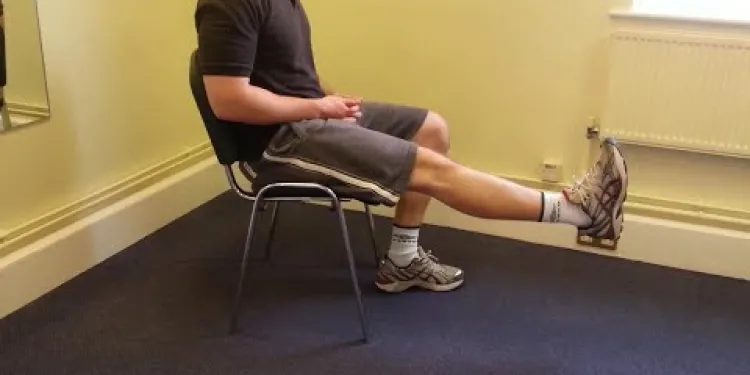
Knee Care Exercises
Relevance: 24%
-

Is it safe to exercise with a cold?
Relevance: 24%
-
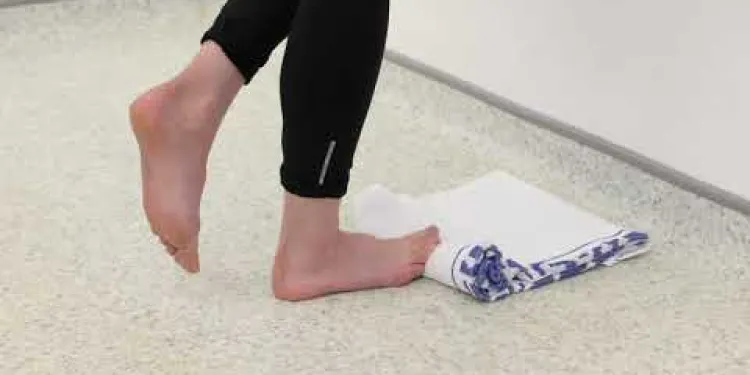
Plantar Fascia Loading Exercise (High Load Exercise)
Relevance: 23%
-
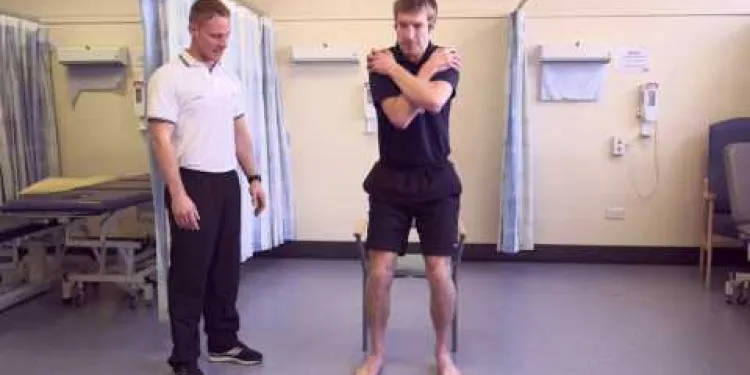
Exercises to help your lateral hip pain
Relevance: 23%
-

Shoulder Exercises 1
Relevance: 22%
-
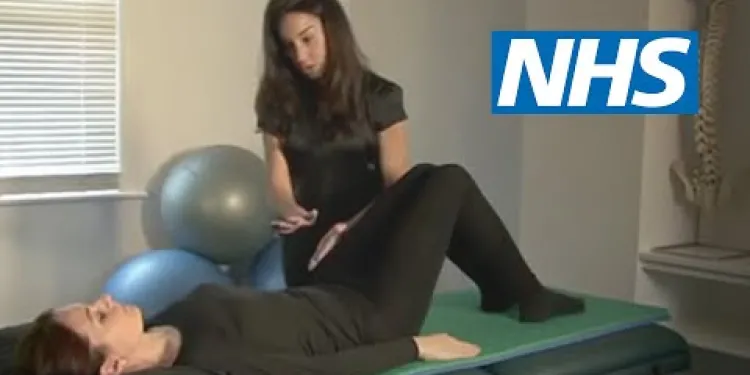
Exercises for sciatica: degenerative disc disease | NHS
Relevance: 22%
-

Can lifestyle changes help manage pain and fever during pregnancy?
Relevance: 22%
-

Neck Exercises
Relevance: 22%
-

Joint School - Knee Exercises
Relevance: 22%
-
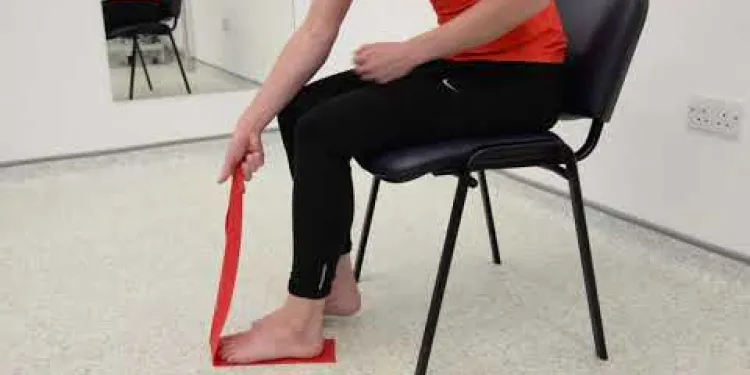
Plantar Fascia Intrinsic Theraband Strengthening Exercise
Relevance: 21%
-

Pelvic health: prolapse
Relevance: 21%
-
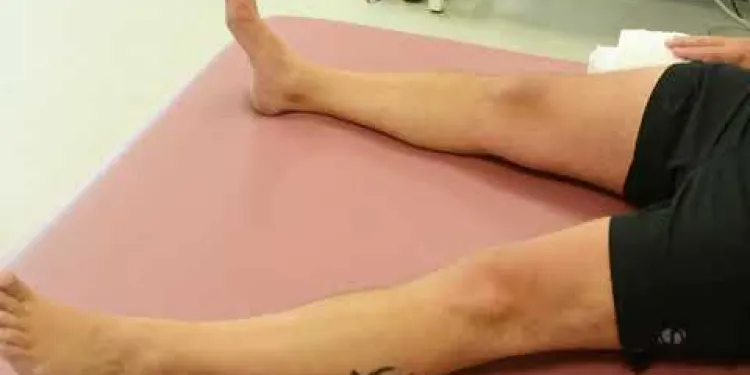
Joint School - Hip Exercises
Relevance: 21%
-

Neck Exercises
Relevance: 21%
-

Neck Care Exercises
Relevance: 20%
-
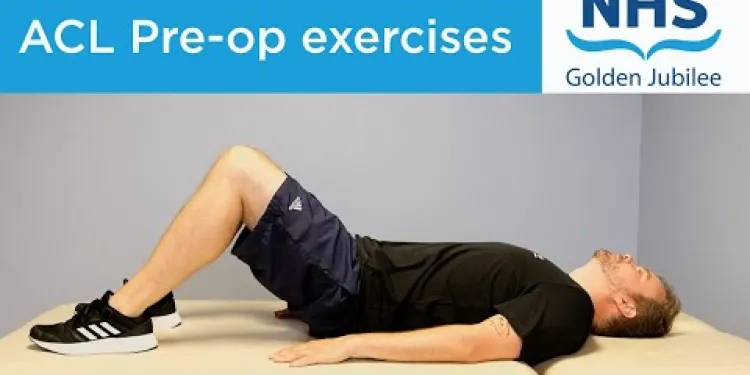
ACL pre-operation exercises
Relevance: 20%
-
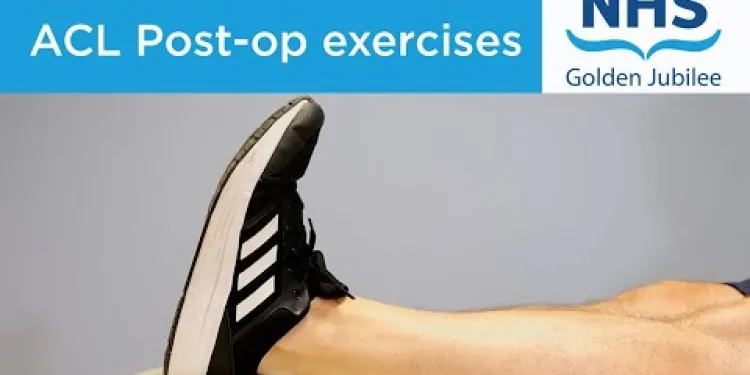
ACL exercises post-operation
Relevance: 20%
-

Can exercise help prevent gestational diabetes?
Relevance: 20%
-

Your pelvic health matters: insights from NHS clinicians
Relevance: 20%
-
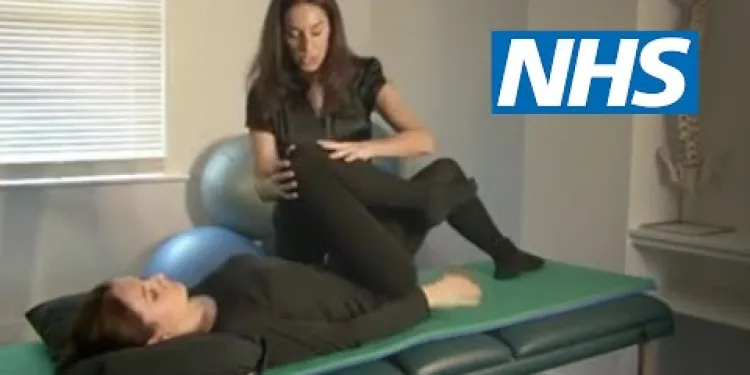
Exercises for sciatica: spinal stenosis | NHS
Relevance: 20%
-

Exercise in patients with a neuropathy
Relevance: 20%
-

Pelvic health: stress urinary incontinence
Relevance: 20%
-

Is it safe to exercise outside during a heatwave?
Relevance: 20%
Mat and Gym Ball Exercises for Pregnancy-Related Pelvic Girdle Pain
Pelvic Girdle Pain (PGP) is a common discomfort that affects many pregnant women. It involves pain around the joints that make up the pelvis. Implementing safe and effective exercises can alleviate some of the discomfort associated with PGP. Mat and gym ball exercises are particularly beneficial for expecting mothers in the United Kingdom dealing with Pelvic Girdle Pain.
Understanding Pelvic Girdle Pain
Pelvic Girdle Pain can range from mild discomfort to severe pain, and it can affect mobility, making daily activities challenging. It often occurs due to the loosening of pelvic ligaments and shifting of joints due to hormonal changes during pregnancy. Proper exercises can help to stabilize the pelvic area, strengthen supporting muscles, and enhance overall comfort.
Benefits of Mat Exercises
Mat exercises are gentle and can be done at home, making them an ideal option for pregnant women. These exercises focus on strengthening the core muscles, which support the pelvis. Common mat exercises for PGP include:
- Pelvic Tilts: Lie on your back with knees bent, gently tilt your pelvis upward while tightening your abdominal muscles, then release.
- Cat-Cow Stretch: Start on your hands and knees, arch your back upwards (cat position), and then downwards (cow position) to stretch your spine and pelvis.
- Bridges: Lie on your back with knees bent, lift your hips towards the ceiling, and slowly lower them back down.
Benefits of Gym Ball Exercises
Gym balls provide support and promote balance, making them suitable for use during pregnancy. These exercises can help to stabilize the pelvis and relieve PGP pain. Examples of gym ball exercises include:
- Seated Pelvic Tilts: Sit on the gym ball with feet flat on the floor, gently tilt your pelvis forward and backward.
- Circular Hip Rotations: Sit on the ball and gently rotate your hips in circular motions, first in one direction and then the other.
- Ball Squeeze: Place a small ball between your knees and gently squeeze, then release, to strengthen the inner thigh muscles.
Important Considerations
When incorporating these exercises, it's crucial to listen to your body and avoid any movements that cause discomfort or pain. Consulting a healthcare professional, such as a physiotherapist who specializes in prenatal care, is highly recommended. They can provide personalized advice and ensure the exercises are done safely and effectively.
Conclusion
Mat and gym ball exercises can significantly alleviate pregnancy-related Pelvic Girdle Pain by strengthening and stabilizing the muscles around the pelvis. Pregnant women in the United Kingdom dealing with PGP can benefit greatly from these exercises, contributing to a more comfortable and enjoyable pregnancy experience.
Mat and Gym Ball Exercises for Pain During Pregnancy
Pelvic Girdle Pain (PGP) is pain in the area around the hips and pelvis. Many pregnant women feel this pain. Doing safe exercises can help with the pain. Mat and gym ball exercises are good for pregnant women in the UK with this kind of pain.
What is Pelvic Girdle Pain?
Pelvic Girdle Pain can be a little bit painful or very painful. It can make it hard to move and do daily things. This pain happens because of changes in the body during pregnancy. Some exercises can make the area around the pelvis stronger. This can help you feel better.
Why Mat Exercises are Helpful
You can do mat exercises at home. They are gentle. They help make your tummy muscles strong. These muscles support the pelvis. Here are some mat exercises for PGP:
- Pelvic Tilts: Lie on your back with knees bent. Gently tilt your hips up by tightening your tummy muscles, then relax.
- Cat-Cow Stretch: Get on your hands and knees. Arch your back up like a cat. Then drop your belly down like a cow to stretch your back and hips.
- Bridges: Lie on your back with knees bent. Lift your hips up towards the sky and then slowly bring them back down.
Why Gym Ball Exercises are Helpful
Gym balls help with balance and support. They are good for pregnant women. They help to make the pelvis stable and can reduce pain. Here are some gym ball exercises:
- Seated Pelvic Tilts: Sit on the gym ball with your feet flat on the ground. Gently tilt your hips forward and backward.
- Circular Hip Rotations: Sit on the ball and gently move your hips in a circle, first one way, then the other.
- Ball Squeeze: Put a small ball between your knees. Gently squeeze it and then release to make your thigh muscles strong.
Things to Keep in Mind
When doing these exercises, listen to your body. Do not do anything that hurts. It is a good idea to talk to a doctor or physiotherapist. They can give you advice and make sure you do the exercises safely.
Conclusion
Doing mat and gym ball exercises can help with Pelvic Girdle Pain during pregnancy. They make the muscles around the hips stronger. This helps pregnant women in the UK feel better and have a more comfortable pregnancy.
Frequently Asked Questions
What is Pelvic Girdle Pain (PGP) during pregnancy?
Pelvic Girdle Pain (PGP) refers to pain in the pelvic region during pregnancy, often due to the relaxation of ligaments in preparation for childbirth. It can cause discomfort and difficulty with mobility.
Can mat exercises help with PGP?
Yes, mat exercises that focus on strengthening the core, pelvic floor, and stabilizing muscles can help alleviate PGP by improving stability and support for the pelvic region.
What types of gym ball exercises are safe for PGP?
Safe gym ball exercises for PGP include pelvic tilts, wall squats, seated leg lifts, and gentle bouncing. These exercises can help improve stability and reduce pain.
Are there any mat exercises I should avoid with PGP?
Avoid exercises that involve heavy lifting, high impact movements, or those that put strain on the pelvic area, such as deep squats or lunges. Always consult with a healthcare provider before starting any exercise routine.
How often should I perform mat and gym ball exercises for PGP?
It is generally recommended to perform these exercises 2-3 times per week, but this can vary based on individual needs and the severity of PGP. Consult with your healthcare provider for personalized advice.
Can I perform these exercises at home?
Yes, many mat and gym ball exercises can be easily performed at home with minimal equipment. Ensure you have a safe, comfortable space to exercise in.
When is the best time to start these exercises during pregnancy?
It's usually safe to start these exercises in the second trimester, but it's important to get approval from your healthcare provider based on your specific condition and pregnancy stage.
Do I need special equipment for mat and gym ball exercises?
Basic equipment includes a sturdy gym ball, an exercise mat for cushioning, and possibly resistance bands or light weights if recommended. Comfortable clothing and supportive footwear are also important.
Can these exercises help after childbirth?
Yes, continuing these exercises postpartum can help in recovery, improve core and pelvic strength, and alleviate any lingering PGP symptoms. Always seek medical advice before resuming postnatal exercise.
What are some easy mat exercises for beginners with PGP?
Beginner-friendly mat exercises include pelvic tilts, bridge lifts, cat-cow stretches, and side-lying leg lifts. These exercises are gentle and can help improve mobility and reduce pain.
Are there any specific warm-up routines recommended for PGP?
Gentle stretching, light walking, and hip circles can be effective warm-ups to prepare your body for exercise, easing tension and reducing the risk of injury.
How can I maintain correct posture during these exercises?
Focus on engaging the core and pelvic floor muscles, keeping your back straight and shoulders relaxed. Using a mirror or seeking guidance from a physiotherapist can help maintain correct form.
Can these exercises be combined with other forms of exercise?
Yes, combining mat and gym ball exercises with other low-impact activities like swimming, prenatal yoga, or walking can be beneficial. Always tailor your routine to your comfort and physical limitations.
How can I track my progress with these exercises?
Keeping a fitness journal, noting improvements in mobility, pain levels, and overall comfort can help track progress. Regular check-ins with your healthcare provider ensure you are on the right path.
Where can I find more resources or support for exercising with PGP?
Consulting with a physiotherapist, joining prenatal fitness classes, and utilizing online platforms with certified prenatal exercise programs can provide additional guidance and support.
What is Pelvic Girdle Pain (PGP) during pregnancy?
Pelvic Girdle Pain (PGP) is pain in the lower part of the belly and around the hips. It can happen when you are going to have a baby. It may hurt when you walk, stand, or move.
If you have PGP, you can do exercises and stretches to feel better. You can ask a doctor or a therapist for help. You can also use a warm towel or heat pack to help reduce the pain. Remember, you are not alone, and help is available.
Pelvic Girdle Pain (PGP) means pain in the lower tummy area when you're pregnant. This happens because the body gets ready for the baby to come by making the bands that hold bones together softer. It might hurt and make moving around tough.
If you're feeling this pain, you can try using a support belt or ask a physical therapist for help. They can show you safe ways to move and exercises that might make you feel better.
Can exercises on a mat help with PGP?
Yes, doing exercises on a mat can help. These exercises make your tummy, hips, and muscles around the pelvis stronger. This can make your pelvis feel better and stop it from hurting.
What gym ball exercises are safe if you have PGP?
Here are some safe exercises you can do with a gym ball if you have PGP (Pelvic Girdle Pain):
- Pelvic tilts: This helps your hips feel better and get stronger.
- Wall squats: This is good for your legs and back.
- Seated leg lifts: This helps your legs and tummy get stronger.
- Gentle bouncing: This can help make you feel less pain.
This can help make you stronger and hurt less. You can ask someone to help you do these exercises or use videos to see how they are done.
Are there mat exercises I shouldn't do with PGP?
Don't do exercises that are very hard, make you jump a lot, or hurt your tummy area. This means no lifting heavy things, or doing deep bends or lunges. Always talk to your doctor before you begin any new exercises.
How often should I do mat and gym ball exercises for PGP?
PGP stands for Pelvic Girdle Pain. It can make your lower back and hips hurt.
Here is how often you should do the exercises:
- Try to do exercises at least 2 or 3 times a week.
- If you can, do a little bit every day.
- Start slowly and do only what feels okay.
Tips to help you:
- Ask a helper or friend to show you how.
- Use pictures or videos to guide you.
- Take rest breaks if you need to.
It is important to ask a doctor or a physiotherapist if you are unsure.
It is good to do these exercises 2-3 times each week. But everyone is different, so you might need to do them more or less. Talk to your doctor to find out what is best for you.
Can I do these exercises at home?
Yes, you can do these exercises at home. Here are some tips to help you:
- Find a safe and quiet place to exercise.
- Wear comfortable clothes.
- Use a mat or towel on the floor.
- Watch a video online to see how to do the exercises.
Remember to go slow and be careful. It’s okay to ask someone to help you if you need it.
Yes, you can do many mat and gym ball exercises at home. You don't need much equipment. Make sure you have a safe and comfy space to exercise.
When should I start doing these exercises when I am pregnant?
It is usually okay to start these exercises when you are about 4 months pregnant. But, it's important to ask your doctor if it's safe for you, because every pregnancy is different.
Do I need special things for mat and gym ball exercises?
You might be wondering if you need special stuff to do exercises on a mat or with a gym ball. Let's find out!
For mat exercises, you need a mat. A mat is soft and helps you not get hurt when you exercise on the floor.
For gym ball exercises, you need a gym ball. It is a big ball you can sit on or use to stretch.
You can get help from videos or pictures that show you what to do. They make it easier to follow along.
Make sure you have enough space to move around safely.
If you are unsure, you can ask a coach or a friend to help you.
Here's what you need to get started:
- A strong gym ball to sit or balance on.
- A soft mat to put on the floor for comfort.
- You might also need stretchy bands or small weights.
- Wear comfy clothes and good shoes.
These things will help you exercise safely and well.
Do these exercises help after having a baby?
Yes, doing these exercises after having a baby can help you get better, make your tummy and hips stronger, and make any hip or back pain go away. Always talk to a doctor before you start exercising after having a baby.
What are some easy mat exercises for beginners with PGP?
This is a question about exercises on a mat. PGP means Pelvic Girdle Pain, which can make moving hurt. Let's talk about some exercises that can help.
Start with simple movements. Here are a few easy exercises:
- Cat-Cow Stretch: Get on your hands and knees. Arch your back like a cat, then dip it down like a cow. Go slow.
- Hip Bridges: Lie on your back with knees bent. Lift your hips up slowly and then back down.
- Knee Rolls: Lie on your back. Bend your knees and gently roll them side to side.
You can use a yoga mat for comfort. It helps to breathe slowly and relax. If it hurts, stop and try again later. A friend or a trainer can help if you need it.
Here are some easy exercises you can do on a mat:
- Pelvic tilts: Move your hips up and down gently.
- Bridge lifts: Raise your body off the mat like a little bridge.
- Cat-cow stretches: Arch and dip your back like a scared cat and a happy cow.
- Side-lying leg lifts: Lie on your side and lift your leg up and down.
These exercises are gentle. They can help you move better and feel less pain.
If you need help, you can try using pictures or videos to see how to do the exercises. You can also ask a friend or a trainer to help you.
What are some good warm-up exercises for PGP?
If you have PGP, it is a good idea to do some warm-up exercises. These exercises help your body get ready for activity. Here are some simple exercises you can try:
- Gentle stretching: Move your arms and legs slowly to stretch your muscles. This can help you feel better.
- Walking: Taking a short walk can help your body warm up. Walk at a slow pace so you do not feel tired.
- Deep breathing: Breathe in deeply and then breathe out slowly. This can help you relax.
If you are not sure what to do, ask a grown-up or a doctor for help. They can show you some exercises that are safe and good for you. You can also use a video or app to guide you through warm-up exercises.
Doing some gentle stretches, a little bit of walking, and making circles with your hips can help your body get ready for exercise. These activities make your body feel loose and help you not get hurt.
How can I sit or stand correctly when I do these exercises?
Think about using your tummy muscles and the muscles at the bottom of your tummy. Keep your back straight and let your shoulders relax. A mirror can help you see if you are doing it right. A physiotherapist can also help show you how to do it properly.
Can I do these exercises with other workouts?
Yes, you can do these exercises with other workouts! It's good to mix different exercises to stay strong and healthy.
Try to take small breaks, drink water, and listen to your body. You can also use pictures or videos to help understand the exercises better.
Yes, mixing mat and gym ball exercises with other gentle activities can be good. You can also try swimming, yoga for pregnant people, or walking. Always make sure you feel comfortable and don't push yourself too hard.
How can I see how I am doing with these exercises?
Follow these tips to help you:
- Write down what exercises you do every day. Use a notebook to track your progress.
- Make a chart where you can draw stars or stickers for each exercise you finish.
- Take a picture or video before you start and after a few weeks to see your improvements.
- Ask a family member or a friend to help you keep track.
Using these ideas can make it fun and easy to see how well you are doing!
Keeping a fitness diary is a good idea. Write down how your movement, pain, and comfort get better. This helps you see how you are doing. Also, visit your doctor often to make sure you are doing okay.
Where can I get help to exercise with PGP?
Here are some ideas:
- Ask a doctor or nurse. They can help you find exercises.
- Look for exercise videos online. Some people make videos to help everyone exercise.
- Join a local exercise class. They can show you easy exercises.
- Ask friends or family. They might know ways to help you.
You can talk to a physiotherapist to help you with exercises. You can also join special fitness classes for pregnant people. There are websites that have exercise programs for pregnant people too. These can all give you help and support.
Useful Links
- Ergsy carfully checks the information in the videos we provide here.
- Videos shown by Youtube after a video has completed, have NOT been reviewed by ERGSY.
- To view, click the arrow in centre of video.
- Most of the videos you find here will have subtitles and/or closed captions available.
- You may need to turn these on, and choose your preferred language.
- Go to the video you'd like to watch.
- If closed captions (CC) are available, settings will be visible on the bottom right of the video player.
- To turn on Captions, click settings .
- To turn off Captions, click settings again.
More Items From Ergsy search
-

Mat and gym ball exercises with pregnancy related Pelvic Girdle Pain
Relevance: 100%
-

Pelvic Girdle Pain Advice Class
Relevance: 44%
-

How to do pelvic floor exercises | NHS
Relevance: 32%
-

Can I do abdominal exercises during pregnancy?
Relevance: 31%
-

The Pelvic Floor Muscles - Developing an Exercise Programme
Relevance: 31%
-

What exercises can I do during pregnancy?
Relevance: 30%
-

Pelvic Floor Exercises - Using Your Pelvic Floor to Calm Down Your Bladder
Relevance: 29%
-

Pelvic Floor Exercises - Using Your Pelvic Floor to Calm Down Your Bladder
Relevance: 28%
-

Can I take exercise classes during pregnancy?
Relevance: 28%
-

How does exercise benefit pregnancy?
Relevance: 27%
-

Can exercises help with labor preparation?
Relevance: 27%
-

How often should I exercise during pregnancy?
Relevance: 26%
-

Is swimming a good exercise during pregnancy?
Relevance: 26%
-

Are there any exercises to avoid during pregnancy?
Relevance: 25%
-

Can I do high-impact exercises while pregnant?
Relevance: 25%
-

How can I ensure safety during pregnancy exercises?
Relevance: 25%
-

What should I wear for exercising during pregnancy?
Relevance: 25%
-

Do I need to consult a doctor before exercising during pregnancy?
Relevance: 25%
-

Knee Care Exercises
Relevance: 24%
-

Is it safe to exercise with a cold?
Relevance: 24%
-

Plantar Fascia Loading Exercise (High Load Exercise)
Relevance: 23%
-

Exercises to help your lateral hip pain
Relevance: 23%
-

Shoulder Exercises 1
Relevance: 22%
-

Exercises for sciatica: degenerative disc disease | NHS
Relevance: 22%
-

Can lifestyle changes help manage pain and fever during pregnancy?
Relevance: 22%
-

Neck Exercises
Relevance: 22%
-

Joint School - Knee Exercises
Relevance: 22%
-

Plantar Fascia Intrinsic Theraband Strengthening Exercise
Relevance: 21%
-

Pelvic health: prolapse
Relevance: 21%
-

Joint School - Hip Exercises
Relevance: 21%
-

Neck Exercises
Relevance: 21%
-

Neck Care Exercises
Relevance: 20%
-

ACL pre-operation exercises
Relevance: 20%
-

ACL exercises post-operation
Relevance: 20%
-

Can exercise help prevent gestational diabetes?
Relevance: 20%
-

Your pelvic health matters: insights from NHS clinicians
Relevance: 20%
-

Exercises for sciatica: spinal stenosis | NHS
Relevance: 20%
-

Exercise in patients with a neuropathy
Relevance: 20%
-

Pelvic health: stress urinary incontinence
Relevance: 20%
-

Is it safe to exercise outside during a heatwave?
Relevance: 20%


